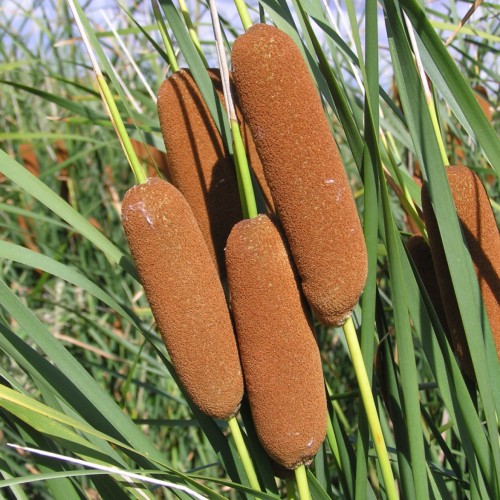
bullrush
Typha laxmannii
Cycle:
Herbaceous Perennial
Watering:
Frequent
Hardiness Zone:
4 - 10
Flowers:
Flowers
Sun:
Full sun,part shade
Leaf:
Yes
Growth Rate:
Low
Maintenance:
Moderate
Drought Tolerant:
Yes
Salt Tolerant:
Yes
Invasive:
Yes
Care Level:
Medium
watering
Bullrush should be watered about once a week, or when the soil feels dry to the touch. Give the plant a generous amount of water so that it reaches down to the deepest roots. The plant should be watered in the morning or early afternoon in order to allow any excess water to evaporate before night. It is important to avoid over-watering Bullrush, as this could lead to root rot.
sunlight
Bullrush (Typha laxmannii) is a semiaquatic plant species that thrives in areas of shallow water or wetlands. It grows best in full sunlight or nearly so; while it can tolerate light shade, it will not flower and fruit as well in dappled light. Bullrush requires 8 to 12 hours of full sunlight to reach its maximum growth potential. It prefers these hours to be consistent during the day to allow for optimal photosynthesis. During periods of extreme heat, providing midday shade may help to protect the plant from sunburn and wilting.
pruning
Bullrush should typically be pruned in late winter or early spring. Pruning should be done to remove any dead, diseased, or damaged foliage and stems. If the plant has become overgrown, selective pruning of the outermost stems almost to the ground can be used to reshape the plant and promote healthier growth. Bullrush can also be divided in late winter or early spring by digging up the plant and separating the clumps. This rejuvenates the plant and promotes healthy growth. Pruning should be done carefully, taking care not to damage the underlying root system.
